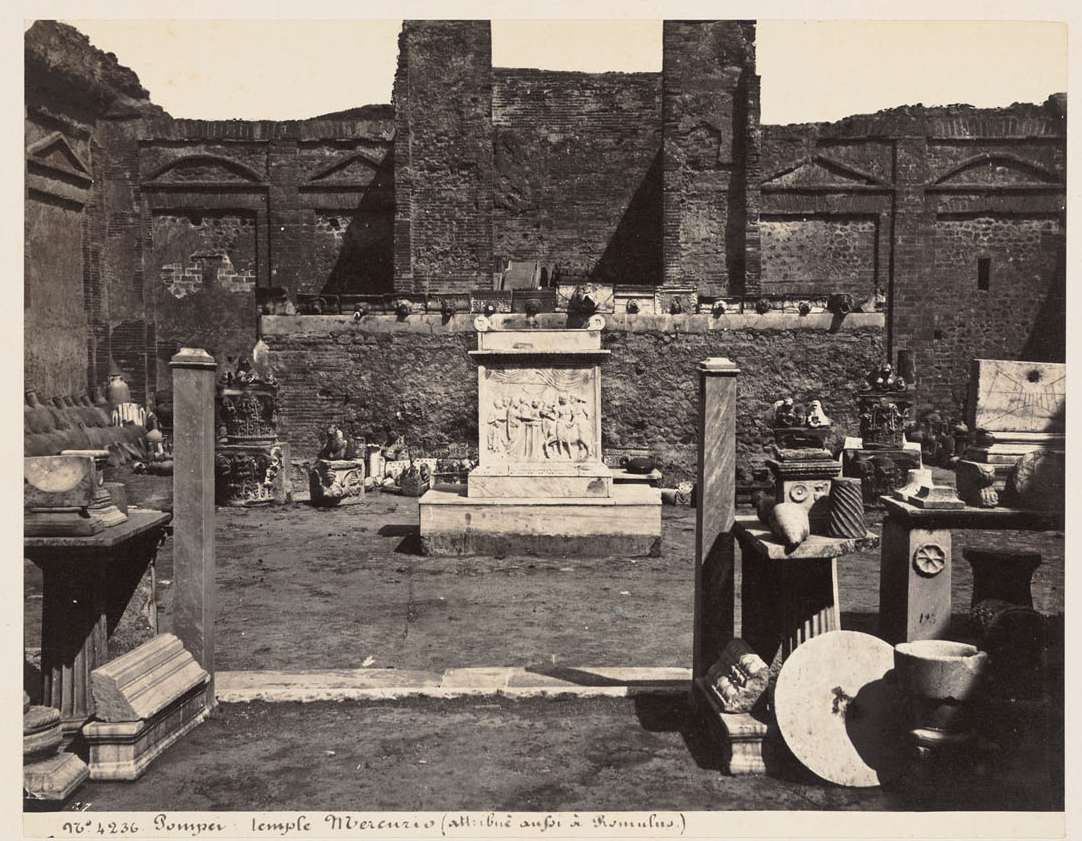A small exhibition featuring eighteenth-century prints and nineteenth-century photographs of monuments from Herculaneum and Pompeii is now on view at the Ackland Art Museum. Organized in conjunction with Prof. Hérica Valladares’ First Year Seminar at UNC Chapel Hill, “Life in Ancient Pompeii,” this exhibition invites viewers to explore the competing objectives and varying approaches toward the representation of ancient remains in the early days of classical archaeology.
Prof. Valladares’ First Year Seminar examines the history and archaeology of the ancient city of Pompeii. Using archaeological remains as their primary source material, students in this course investigate everyday life in the early Roman Empire. To deepen their research, Prof. Valladares’ students also study primary sources from the time of the city’s discovery. The eighteenth- and nineteenth-century prints, drawings, and photographs on view here provide important evidence to understand the ancient city along with the circumstances and repercussions of its excavation.
On display are views of Pompeii and Herculaneum and imagery from Roman wall paintings found at these sites.
This exhibition is on view in the second-floor Study Gallery of the Ackland Art Museum until December 18, 2017.
